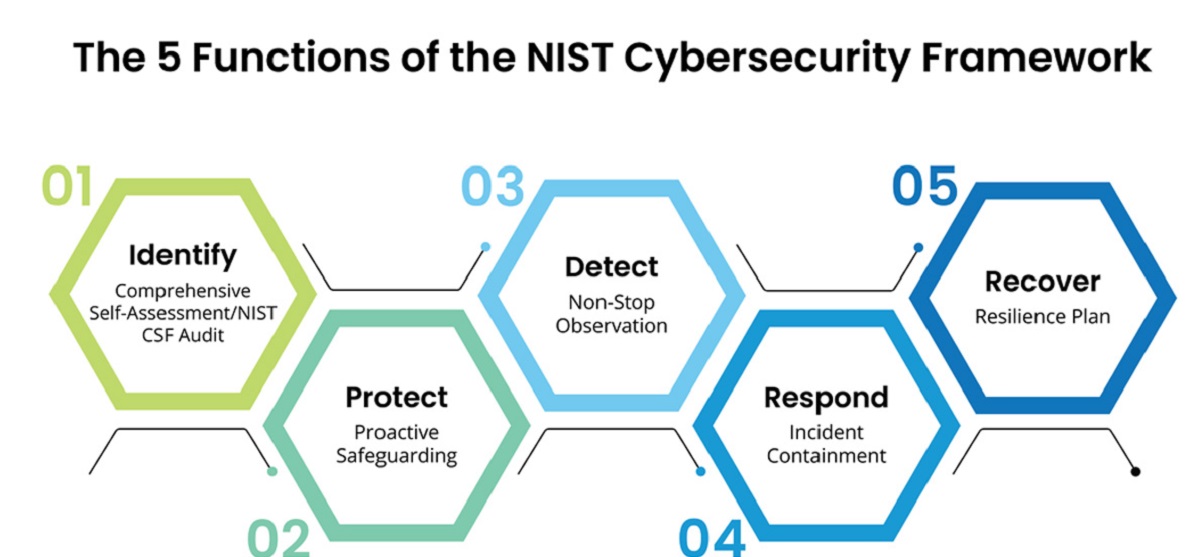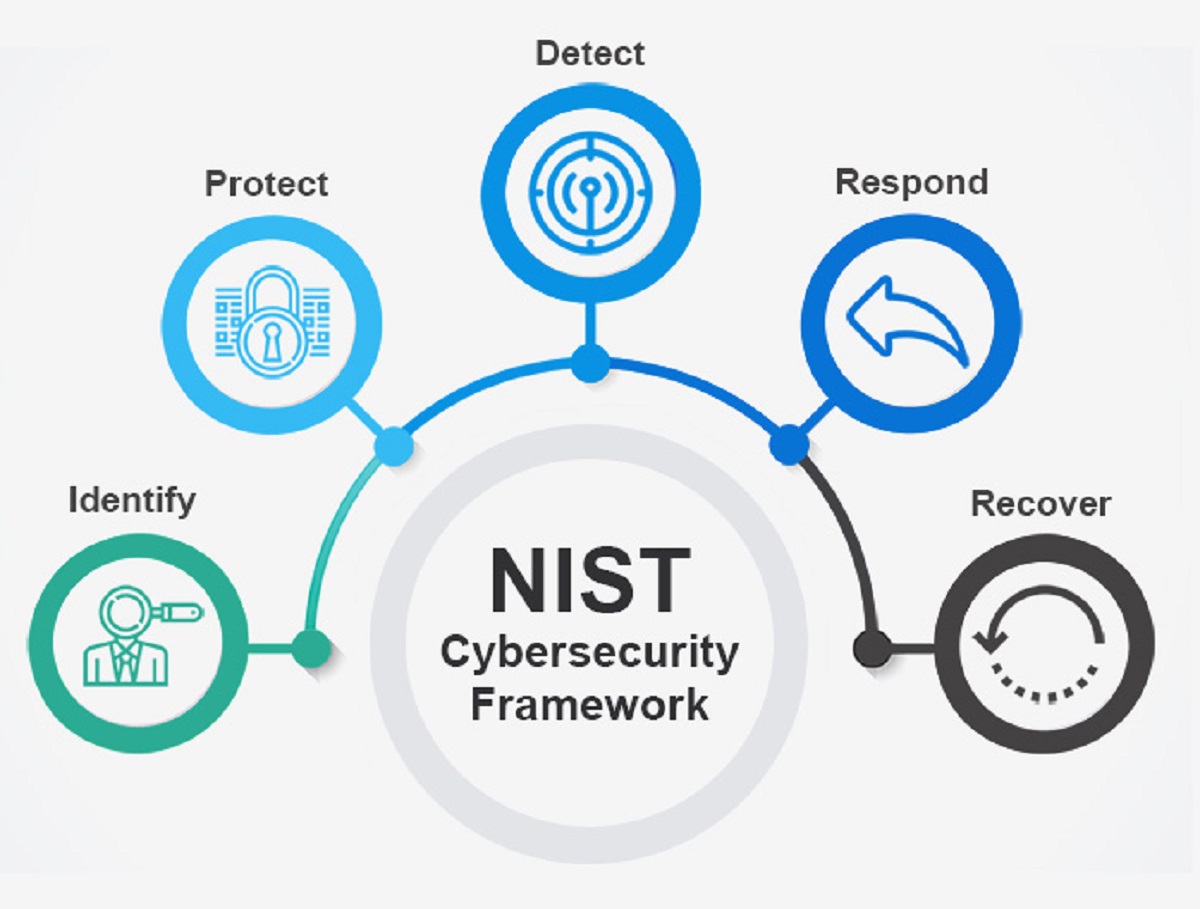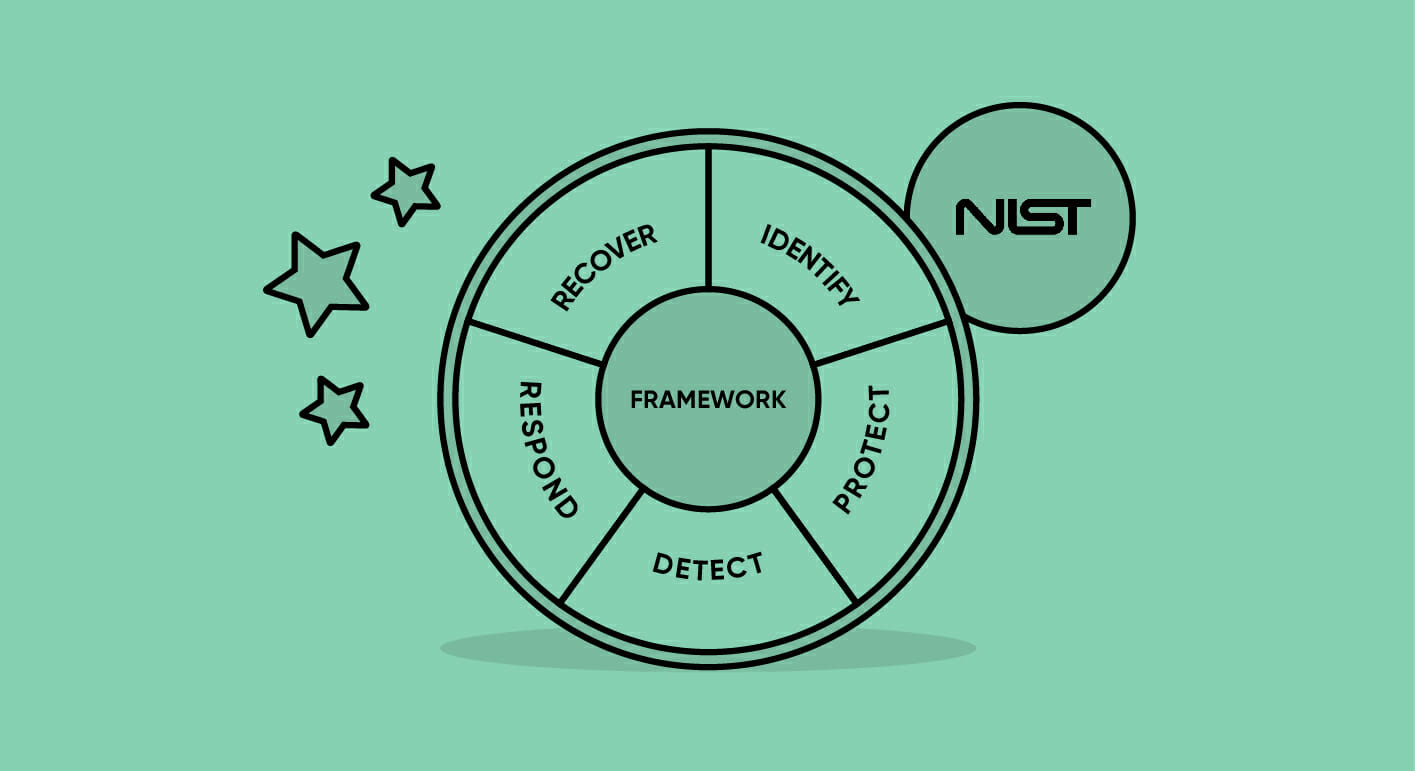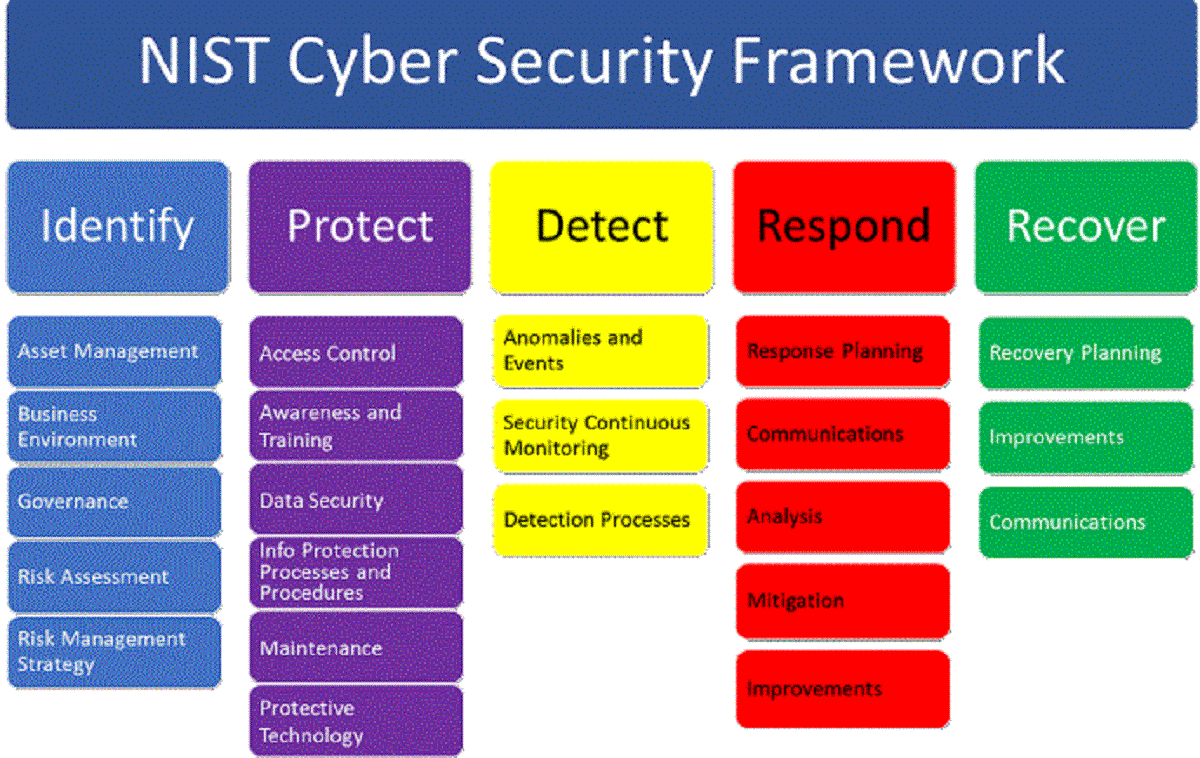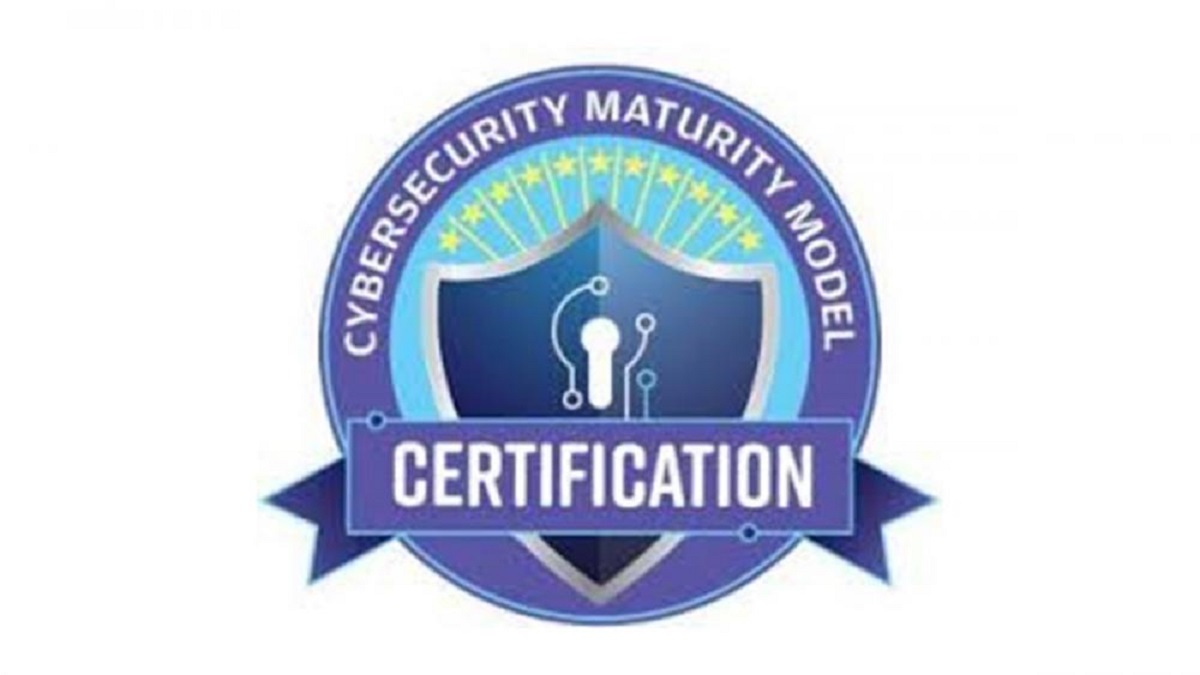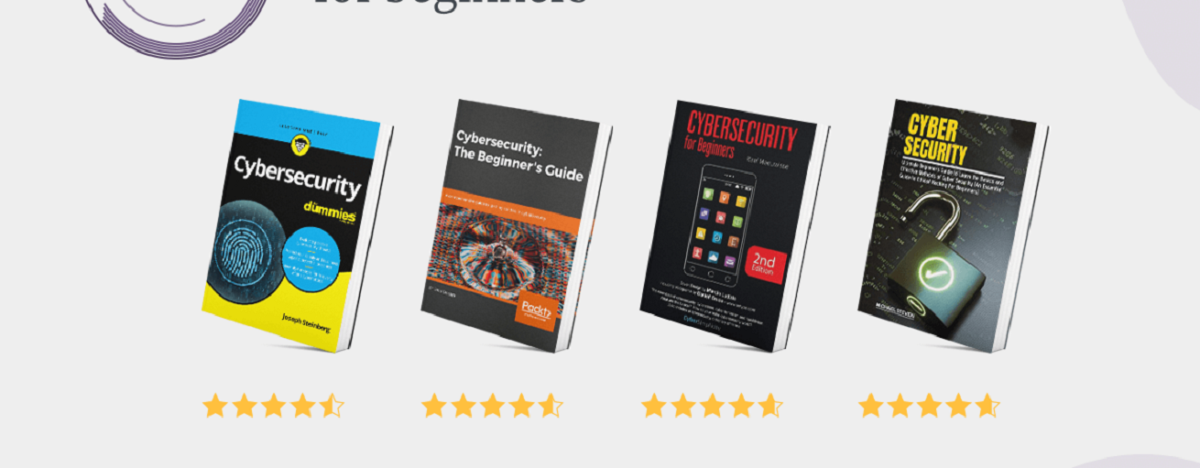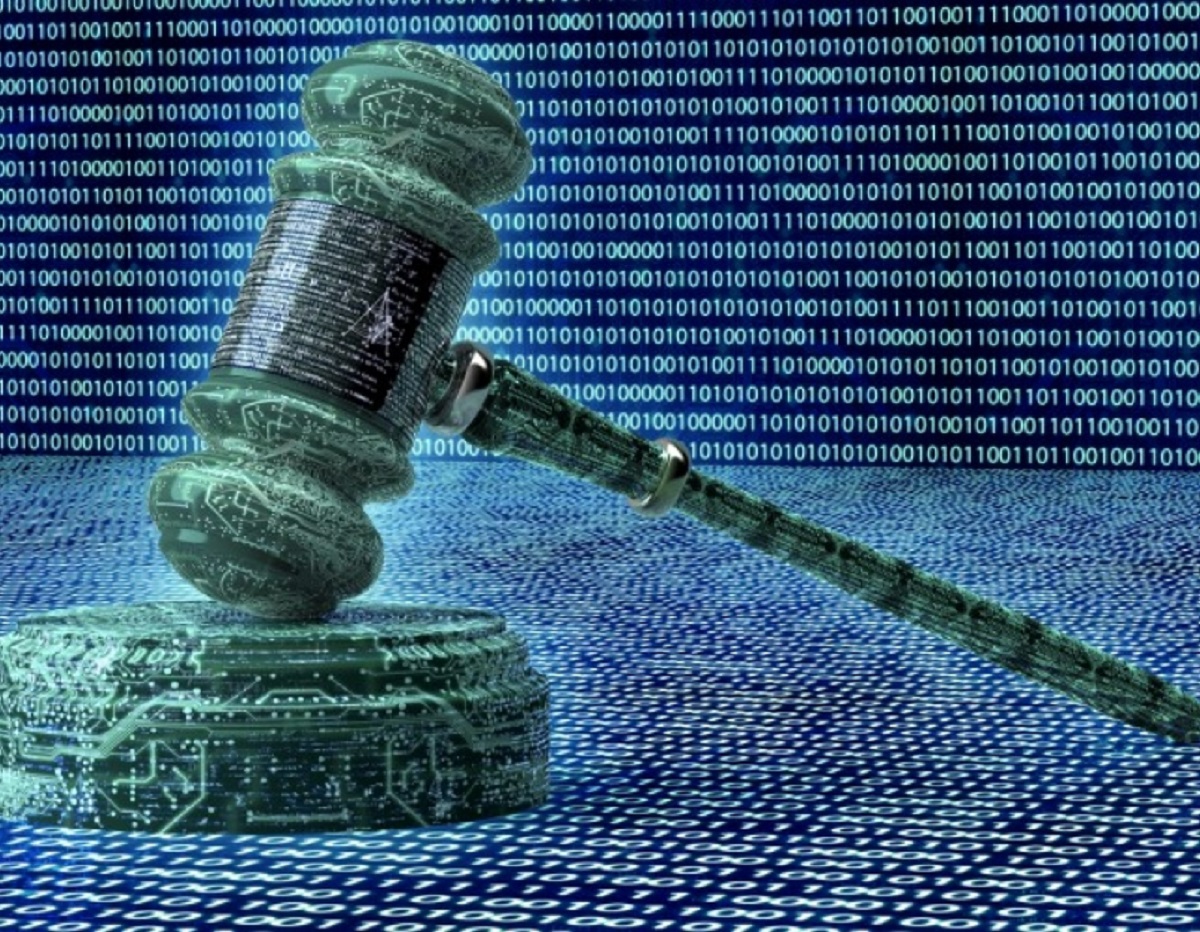Introduction
Welcome to our comprehensive guide on the five functions of the NIST Cybersecurity Framework. In today’s digital age, cybersecurity has become increasingly important to protect sensitive data and prevent cyber threats. The National Institute of Standards and Technology (NIST) has developed a framework that provides organizations with guidelines to manage and mitigate cybersecurity risks effectively.
The NIST Cybersecurity Framework consists of five core functions that form the foundation for an organization’s cybersecurity program. These functions are designed to help organizations identify, protect, detect, respond, and recover from cyber incidents. By implementing these functions, organizations can establish a proactive and robust cybersecurity posture.
Each function plays a crucial role in the overall cybersecurity strategy of an organization. Together, they create a comprehensive approach to address cybersecurity risks and enhance the protection of valuable assets and information. In the following sections, we will delve into each of the five functions of the NIST Cybersecurity Framework in detail.
It is important to note that while the NIST Cybersecurity Framework provides valuable guidance, it is not meant to be a one-size-fits-all solution. Organizations should tailor the implementation of these functions based on their specific needs, resources, and risk environment.
Now, let’s explore the five functions of the NIST Cybersecurity Framework and understand how they contribute to a robust and effective cybersecurity strategy.
Function 1: Identify
The first function of the NIST Cybersecurity Framework is “Identify.” This function focuses on understanding and managing the cybersecurity risks to an organization’s systems, assets, data, and capabilities. It involves the development of a clear understanding of the organization’s overall cybersecurity posture and the establishment of processes to manage and mitigate risks.
To effectively implement the Identify function, organizations need to:
- Asset Management: Create an inventory of all systems, devices, data, and software used within the organization to understand their value and criticality.
- Business Environment: Identify and document the organization’s mission, objectives, stakeholders, and legal and regulatory obligations that influence its cybersecurity strategy.
- Governance: Develop and implement a cybersecurity governance framework that defines roles, responsibilities, and processes for decision-making related to cybersecurity.
- Risk Assessment: Conduct regular risk assessments to identify and prioritize potential cybersecurity risks based on likelihood and impact.
- Risk Management Strategy: Develop and implement a strategy to manage and mitigate identified risks, including risk tolerance levels and risk mitigation controls.
- Supply Chain Risk Management: Assess and manage cybersecurity risks associated with third-party vendors and suppliers.
By implementing the Identify function, organizations gain an in-depth understanding of their cybersecurity risks, allowing them to make informed decisions, allocate resources appropriately, and develop effective cybersecurity policies and procedures. This function serves as the foundation for the other four functions of the NIST Cybersecurity Framework.
It is important to note that the Identify function is an ongoing process, requiring organizations to regularly reassess their cybersecurity risks and adapt their strategies to address emerging threats. By staying vigilant and proactive in identifying risks, organizations can better protect their assets and data from potential cyberattacks.
Function 2: Protect
The second function of the NIST Cybersecurity Framework is “Protect.” This function focuses on implementing safeguards to prevent or limit the impact of potential cyber threats. Protecting an organization’s systems, assets, and data is essential to maintaining a strong cybersecurity posture.
To effectively implement the Protect function, organizations need to:
- Access Control: Limit access to systems, data, and resources to authorized individuals only through the use of strong authentication mechanisms and stringent access control policies.
- Awareness and Training: Provide regular cybersecurity awareness and training programs to educate employees about potential threats, best practices, and their roles and responsibilities in ensuring cybersecurity.
- Data Security: Implement measures to protect sensitive data, such as encryption, data classification, and data loss prevention strategies.
- Information Protection Processes and Procedures: Develop and implement policies, procedures, and guidelines to define how information is protected, including incident response plans, backup and recovery processes, and change management controls.
- Maintenance: Regularly update and patch systems, software, and devices to address vulnerabilities and protect against known threats.
- Protective Technology: Implement security technologies such as firewalls, antivirus software, intrusion detection systems, and secure configurations to prevent unauthorized access and detect potential threats.
The Protect function plays a crucial role in safeguarding an organization’s critical assets from cyberattacks. By implementing these measures, organizations create layers of defense to protect against various potential threats and vulnerabilities.
It is important to note that implementing the Protect function is an ongoing effort that requires constant monitoring, updates, and testing of security measures. By regularly assessing and enhancing the protection measures, organizations can stay ahead of emerging threats and maintain a robust defense against cyberattacks.
Function 3: Detect
The third function of the NIST Cybersecurity Framework is “Detect.” This function focuses on implementing mechanisms to identify the occurrence of cybersecurity events promptly. Timely detection of cyber threats is crucial to minimize the potential damage and respond effectively.
To effectively implement the Detect function, organizations need to:
- Anomalies and Events: Implement monitoring systems and processes to detect and analyze anomalous activities and potential cybersecurity events.
- Continuous Monitoring: Establish a continuous monitoring capability to assess the effectiveness of the organization’s cybersecurity measures and identify any changes or vulnerabilities in real-time.
- Detection Processes: Develop and implement incident detection and response procedures to ensure timely identification and assessment of cybersecurity incidents.
- Security Continuous Improvement: Continuously monitor and evaluate the organization’s cybersecurity posture, processes, and controls to identify areas for improvement.
The Detect function is vital in recognizing potential cybersecurity incidents before they escalate into major breaches. By implementing advanced detection mechanisms and continuous monitoring, organizations can quickly identify and respond to emerging threats.
It is important to note that the Detect function is not solely focused on automated systems but also emphasizes the role of trained personnel and effective incident response procedures. By combining technology and human intelligence, organizations can strengthen their detection capabilities and minimize the impact of cybersecurity incidents.
Function 4: Respond
The fourth function of the NIST Cybersecurity Framework is “Respond.” This function focuses on developing and implementing an effective response plan to address and mitigate the impact of cybersecurity incidents when they occur. A prompt and well-coordinated response is crucial to minimizing the damage caused by cyber threats.
To effectively implement the Respond function, organizations need to:
- Response Planning: Develop and document an incident response plan that outlines the steps to be taken in the event of a cybersecurity incident, including roles and responsibilities of individuals involved.
- Communications: Establish a communication plan to ensure timely and accurate information sharing both within the organization and with external stakeholders, such as customers, partners, and law enforcement.
- Analysis: Conduct a thorough analysis of the cybersecurity incident, including the identification of the root cause, impact assessment, and potential mitigation measures.
- Mitigation: Implement appropriate measures to contain the cybersecurity incident, such as isolating affected systems, removing malware, and restoring data from backup sources.
- Improvement: Learn from past incidents and update the incident response plan and processes to improve the organization’s ability to respond effectively in the future.
The Respond function is critical in ensuring that organizations can promptly and effectively deal with cybersecurity incidents, minimizing the disruption and impact on operations.
It is important to note that an effective response plan should be regularly tested and updated to address emerging threats and vulnerabilities. By conducting drills and exercises, organizations can identify areas for improvement and refine their response processes.
Function 5: Recover
The fifth function of the NIST Cybersecurity Framework is “Recover.” This function focuses on developing and implementing strategies to restore the organization’s systems, assets, and data after a cybersecurity incident. Effective recovery efforts are crucial to minimizing the impact of the incident and restoring normal operations.
To effectively implement the Recover function, organizations need to:
- Recovery Planning: Develop and document a comprehensive recovery plan that outlines the steps and procedures to be followed to restore affected systems and data.
- Improvements: Identify and implement measures to improve the organization’s future resilience to similar cybersecurity incidents, such as updating security controls, enhancing backup and recovery mechanisms, and strengthening incident response processes.
- Communications: Communicate the progress of the recovery efforts to internal stakeholders, external partners, and customers to ensure transparency and manage expectations.
- Lessons Learned: Conduct a post-incident analysis to evaluate the effectiveness of the recovery efforts and identify areas for improvement in the organization’s cybersecurity posture.
- Coordination: Coordinate efforts with external parties, such as cybersecurity incident response teams and law enforcement agencies, to ensure a comprehensive recovery process.
The Recover function is essential to restoring the organization’s operations and minimizing the long-term impact of a cybersecurity incident. By following the recovery plan and implementing improvements, organizations can quickly recover from the incident and prevent similar incidents in the future.
It is important to note that the recovery process may take time and require coordinated efforts from various stakeholders. Organizations should allocate sufficient resources and establish clear roles and responsibilities to ensure the smooth execution of the recovery plan.
Conclusion
The NIST Cybersecurity Framework provides organizations with a comprehensive approach to managing and mitigating cybersecurity risks. By implementing the five functions of Identify, Protect, Detect, Respond, and Recover, organizations can establish a robust cybersecurity posture and effectively navigate the evolving landscape of cyber threats.
The Identify function sets the foundation by understanding the organization’s cybersecurity risks and establishing processes to manage them. The Protect function focuses on implementing safeguards to prevent and limit the impact of potential cyber threats. The Detect function emphasizes timely identification of cybersecurity events, enabling quick response and containment. The Respond function ensures that organizations are prepared to address and mitigate the impact of incidents when they occur. Finally, the Recover function focuses on restoring systems, assets, and data after a cybersecurity incident.
It is important for organizations to tailor the implementation of these functions based on their specific needs, resources, and risk environment. The NIST Cybersecurity Framework is not a one-size-fits-all solution, but rather a guide that organizations can adapt to their unique circumstances.
By incorporating these functions into their cybersecurity strategy, organizations can strengthen their defense against cyber threats, protect sensitive data, and maintain the trust of their stakeholders. Regular assessments, updates, and continuous improvement are crucial to staying ahead of emerging threats and enhancing the organization’s cybersecurity posture.
In the ever-changing landscape of cybersecurity, organizations must remain vigilant and proactive. By embracing the principles outlined in the NIST Cybersecurity Framework, organizations can navigate the challenges and minimize the impact of cyber threats, ultimately safeguarding their digital assets and maintaining a secure operating environment.







